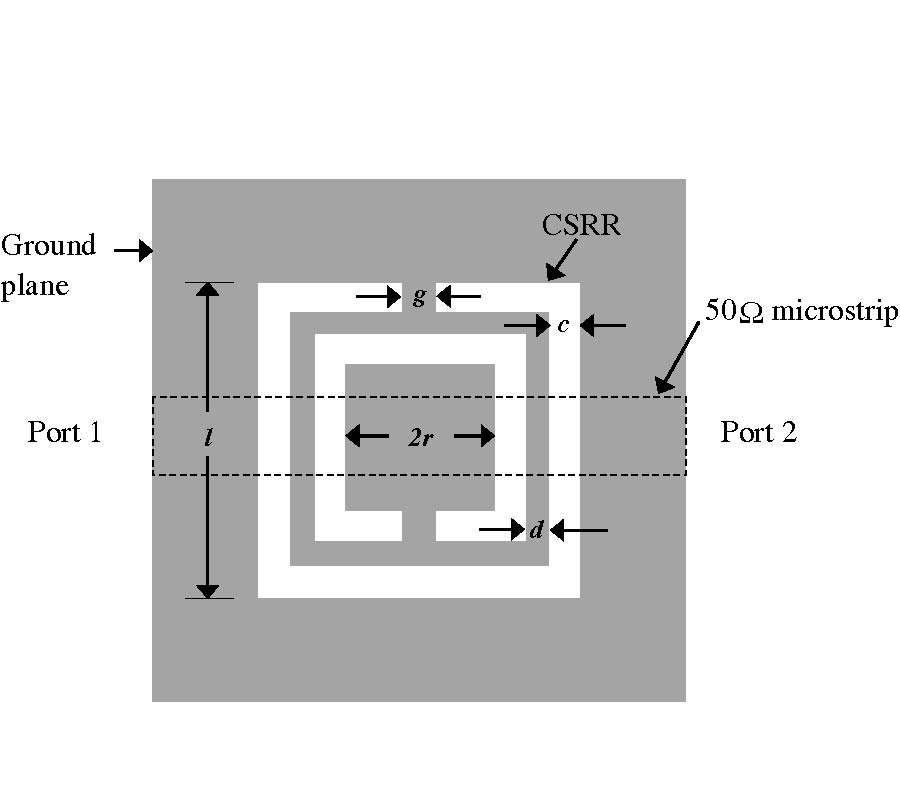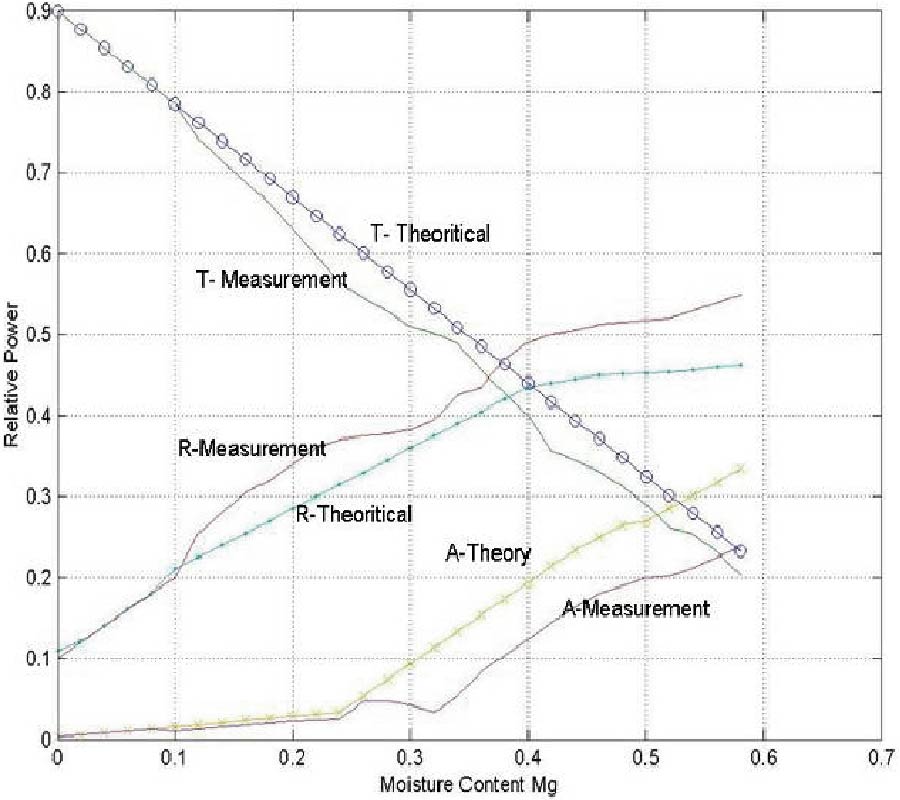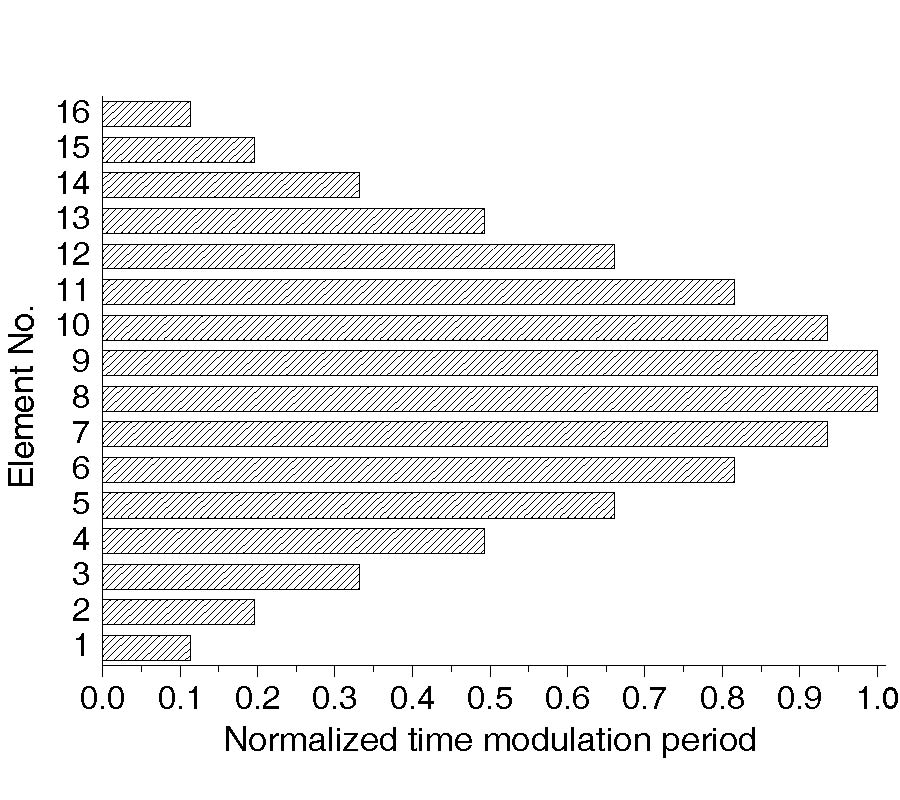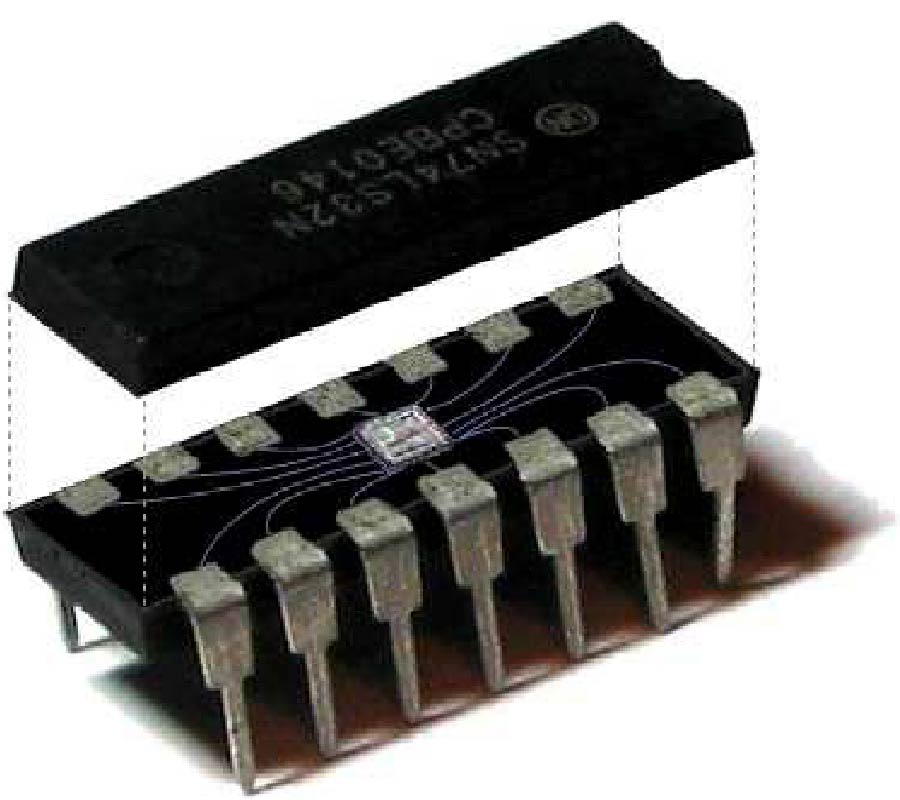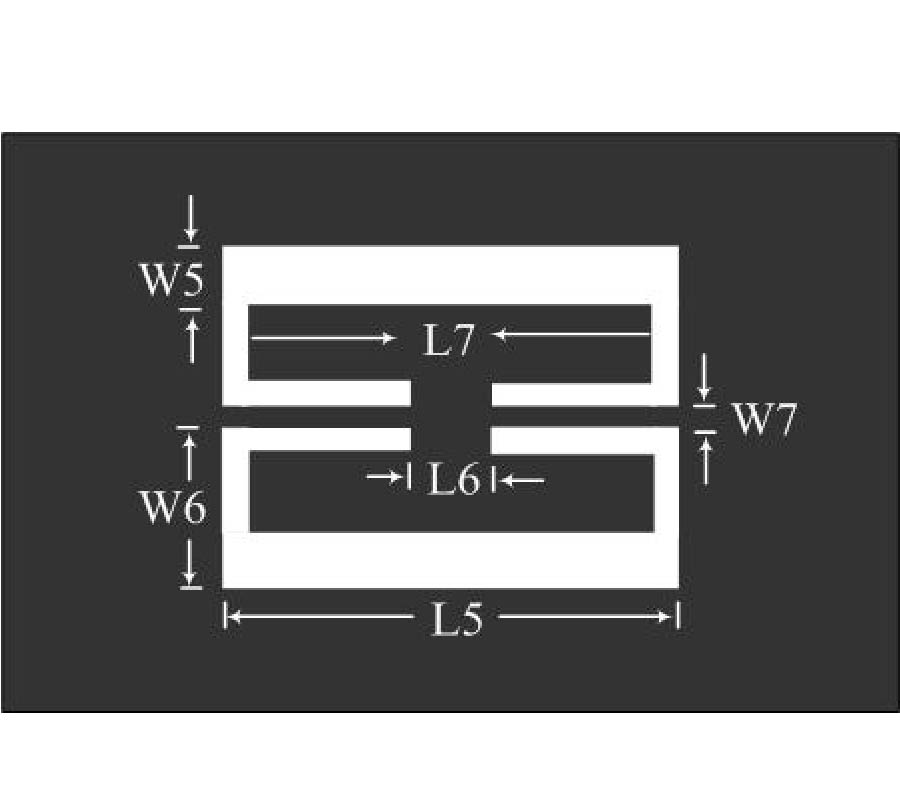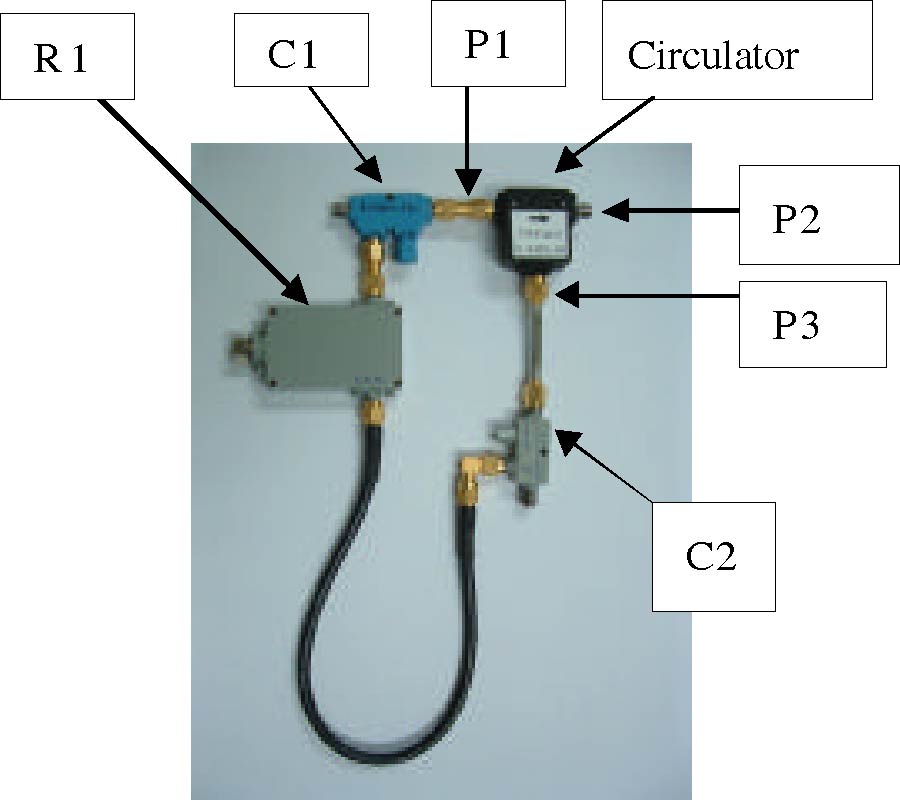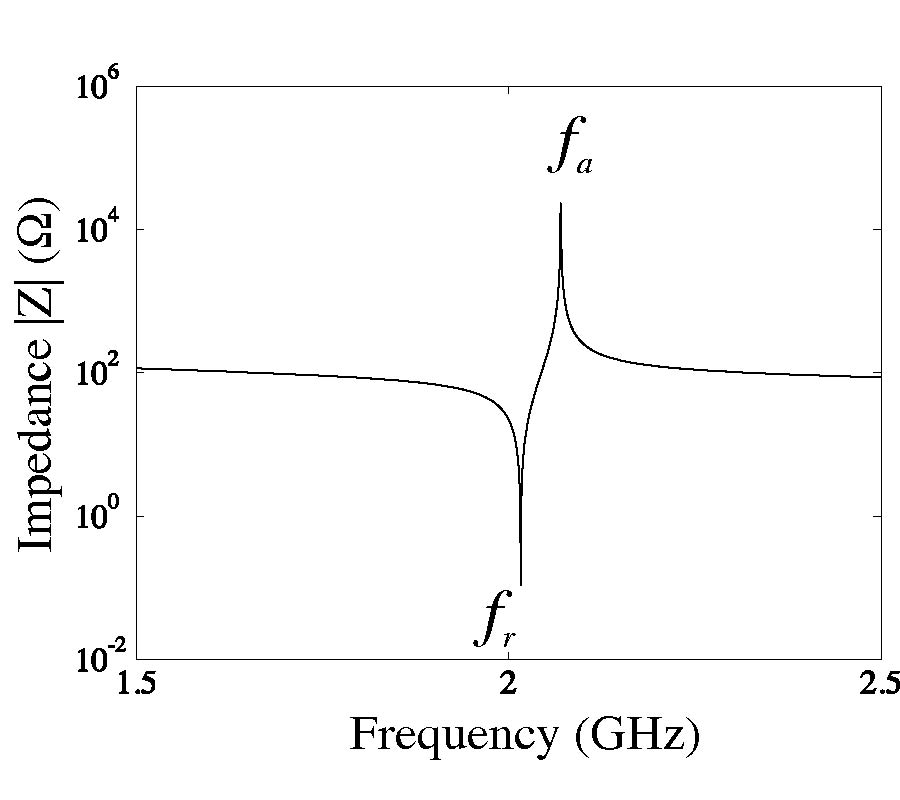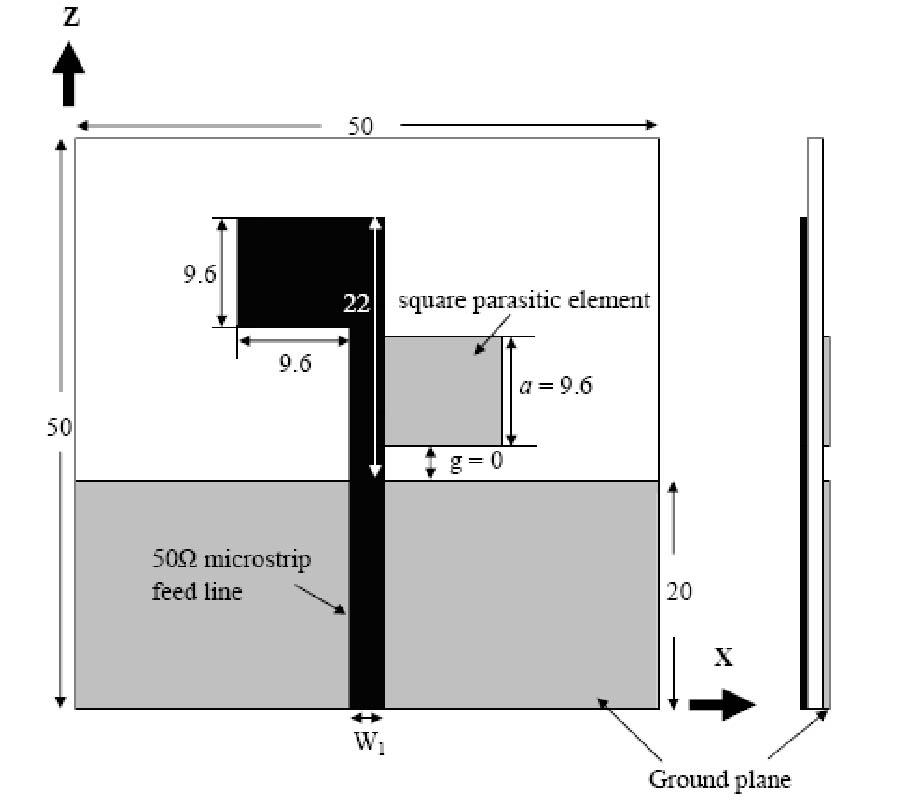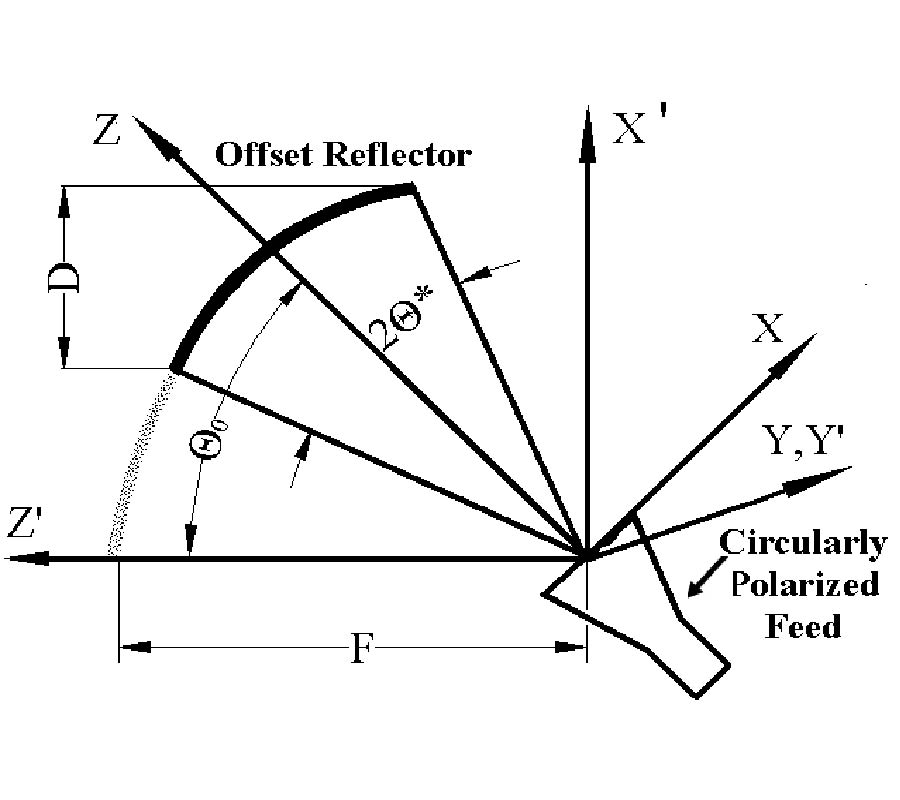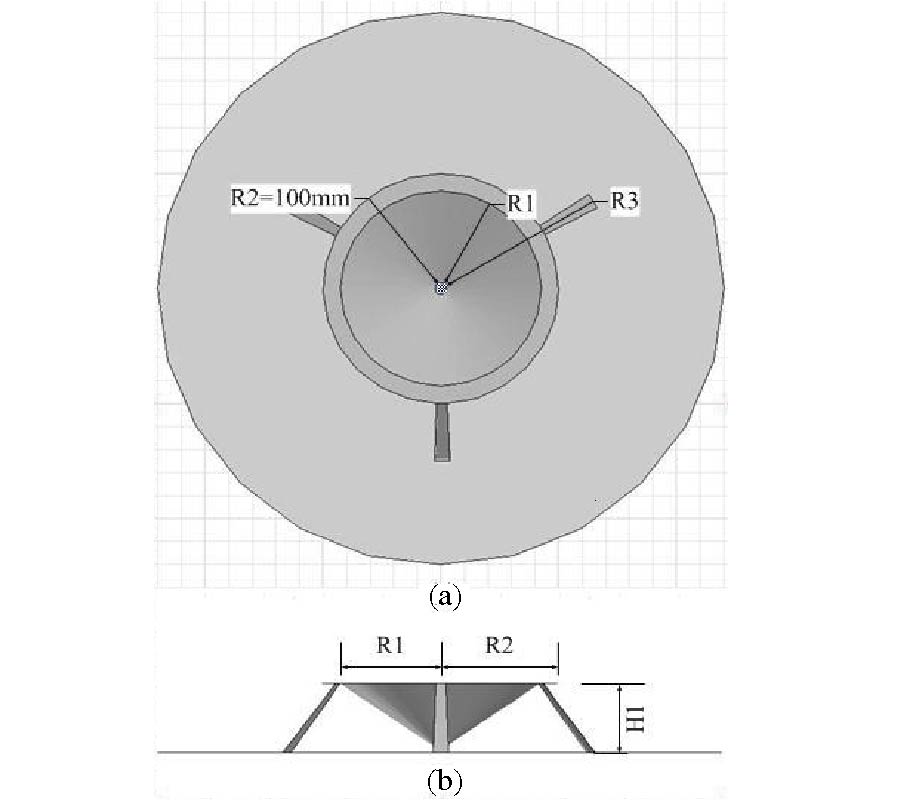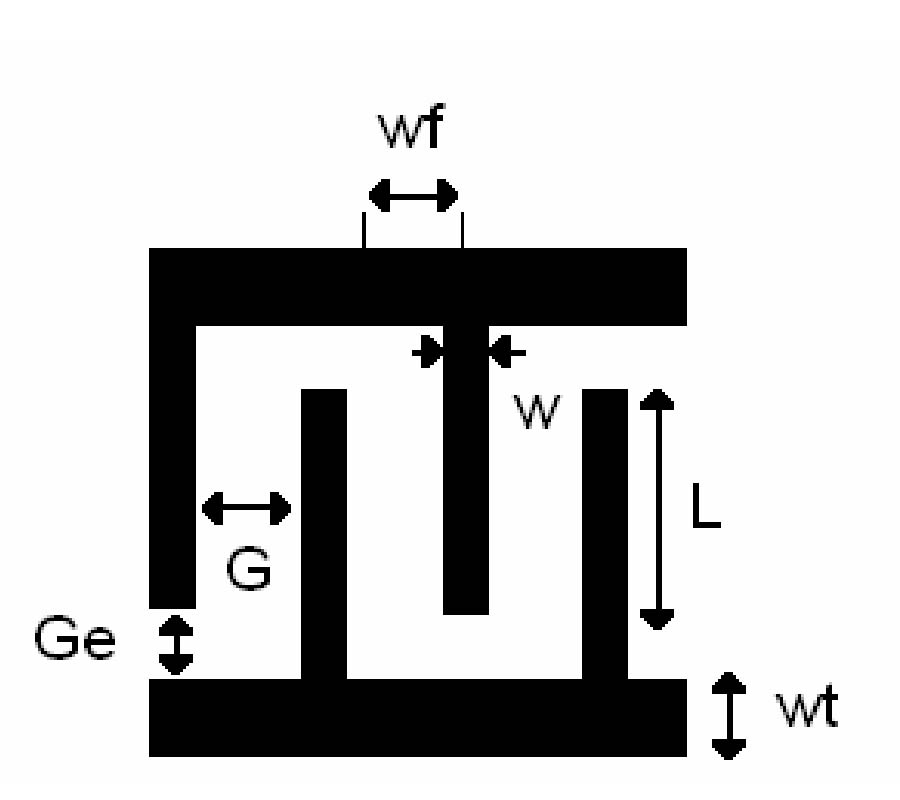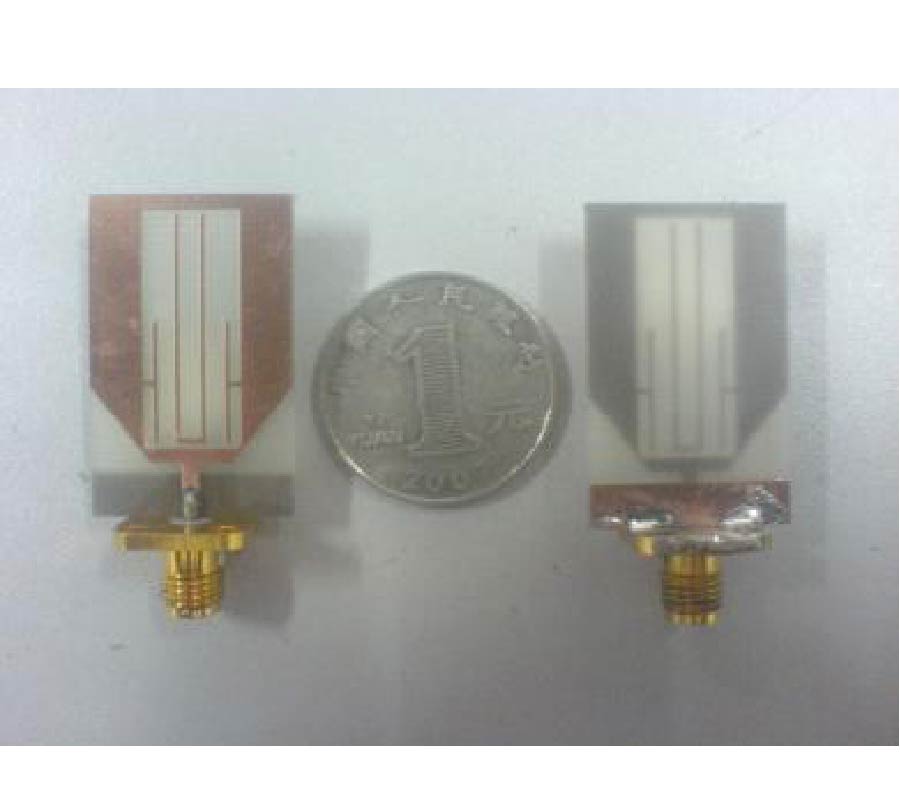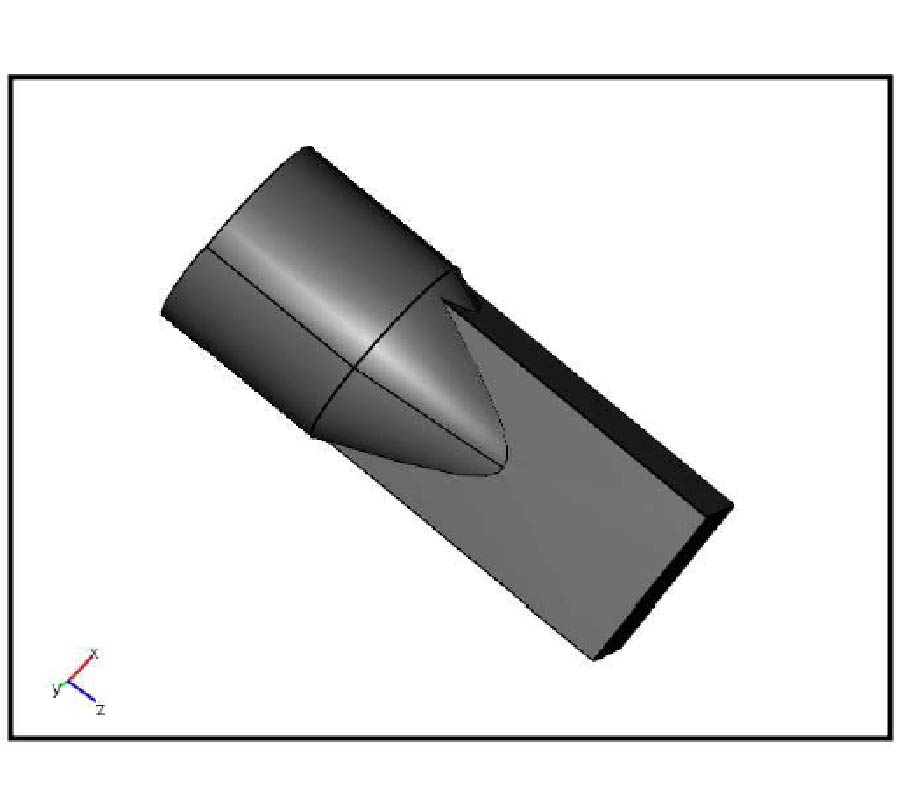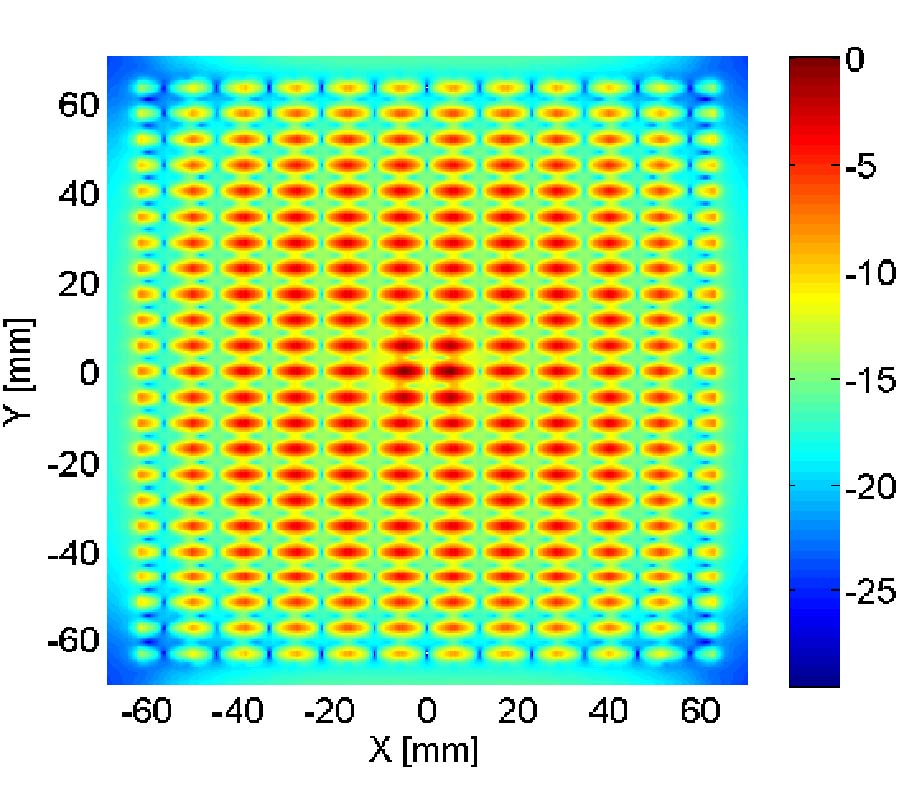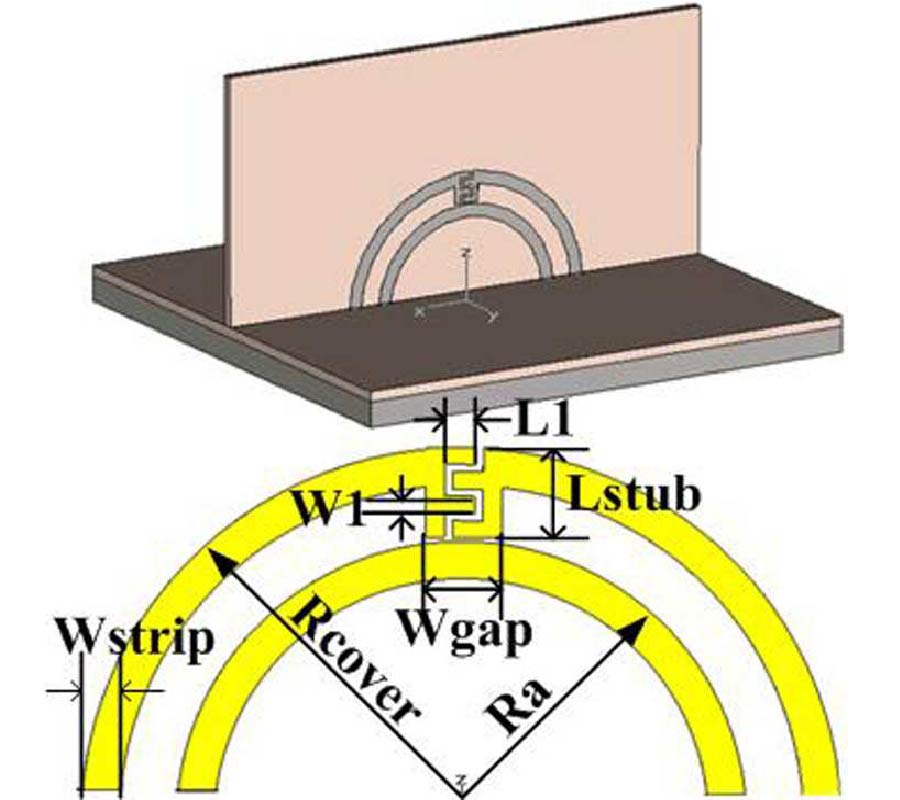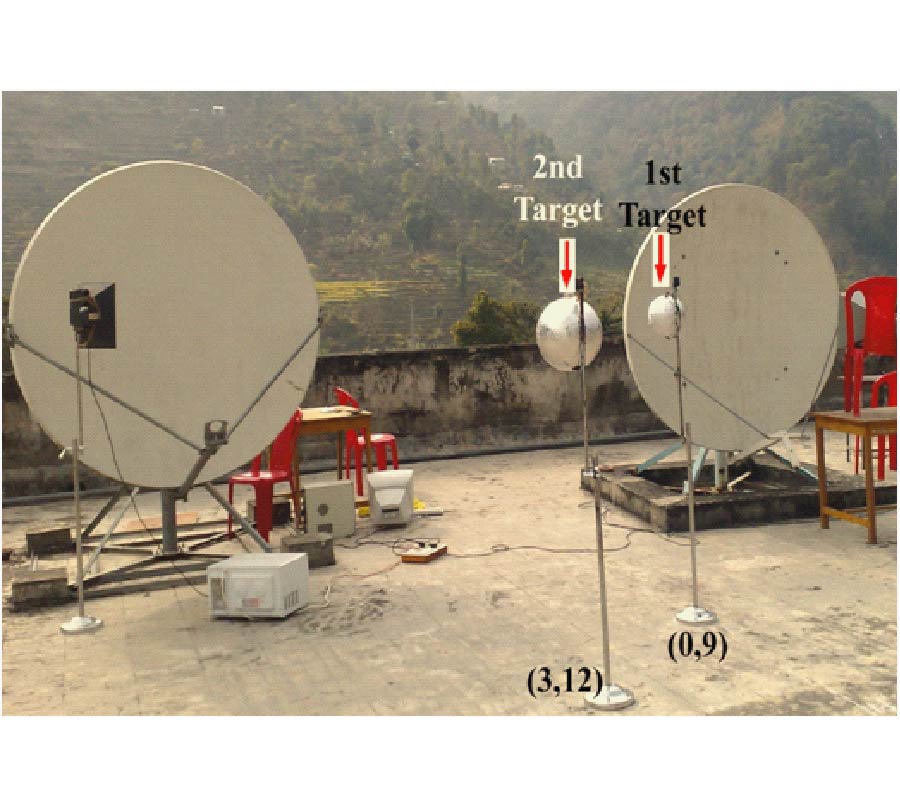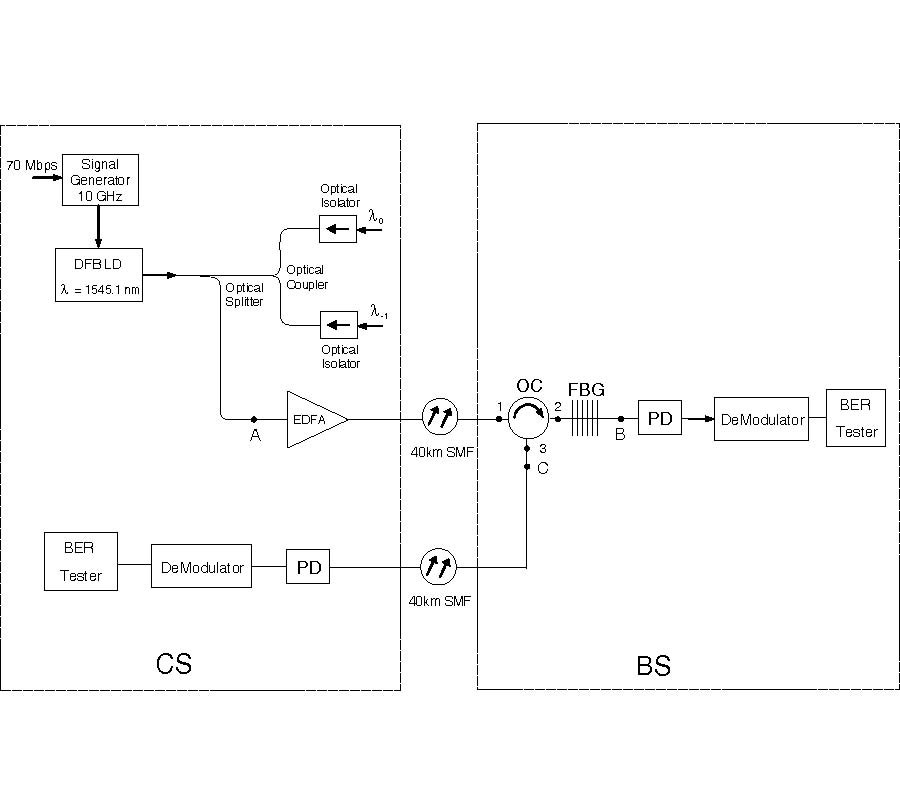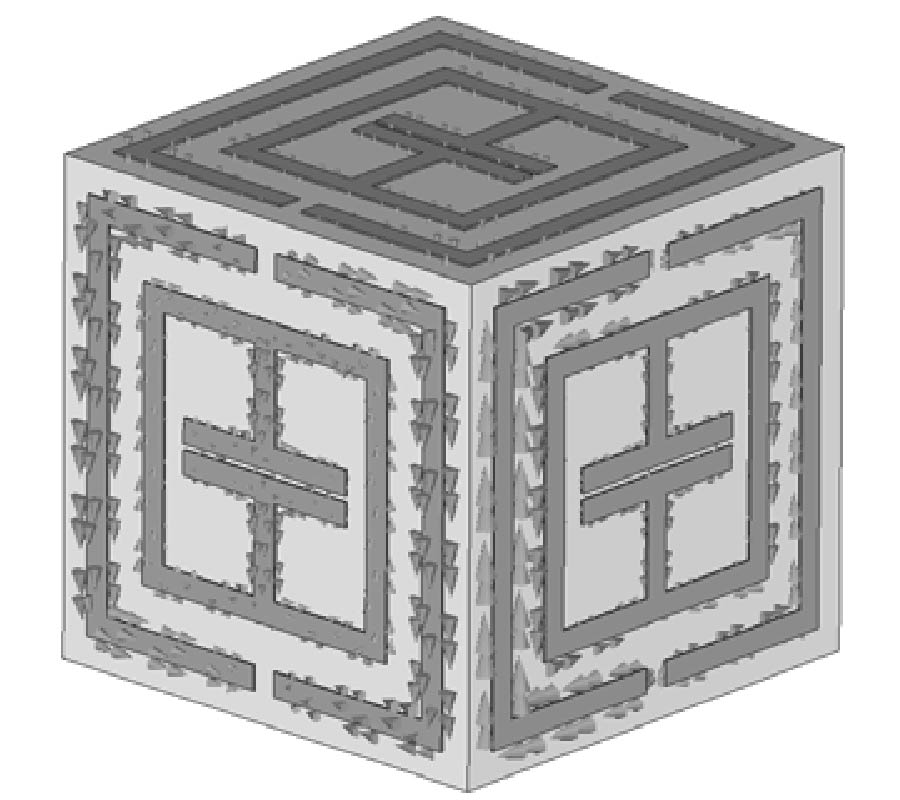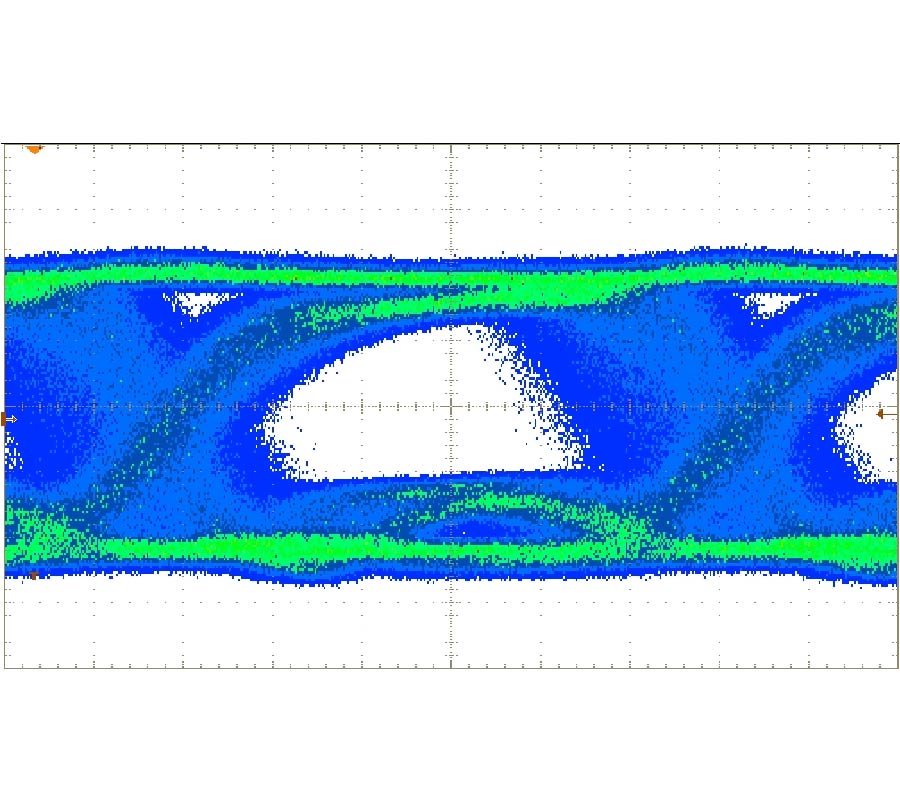Simulation of Spread Spectrum Radar Using Rake at the Receiver End
Debadatta Kandar,
Chandan Kumar Sarkar and
Rabindra Nath Bera
Intelligent Transport Systems (ITS) are becoming a reality, driven by navigation safety requirements and by the investments of car manufacturers and Public Transport Authorities all around the world. ITS make it possible to imagine a future in which cars will be able to foresee and avoid collisions, navigate the quickest route to their destination, making use of up-to-the minute traffic reports, identify the nearest available parking slot and minimize their carbon emissions. Also demand for voice, data and multimedia services, while moving in car increase the importance of broadband wireless systems [1]. Efforts are being imparted towards the convergence of mobile communications, computing and remote sensing. Spread spectrum based digital RADAR can be utilized as a remote sensing device in ITS. This motivates us in development of DSSS (Direct Sequence Spread Spectrum) based digital RADAR at our institute. It is quite capable of detecting target in the open field. The experiment was carried out for different standard target like flat plates, spheres etc. The operational digital RADAR is capable of rejecting interference, but fails in a strong multipath scenario. Again RAKE processing is established in communication. Our approach is implementing RAKE processing at the RADAR receiver to exploit multipath.
